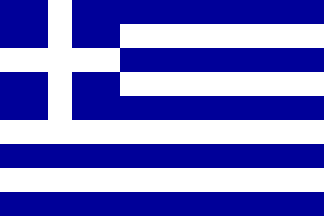Several UPSC aspirants who alleged discrepancies in the prelim exam results declared in the last week of August are demanding that the commission should increase the transparency in the entire process. They said the UPSC must release the cut-off list of the CSAT examination held in June this year.
The recently declared UPSC-CSAT results have left many aspirants in complete confusionas many students who were confident of getting through the prelim exam easily have not made in the list of passed candidates.
This has even shocked the coaching class teachers. “Few students whose preparation was not up to the mark have cleared while those who were doing well have not,” said one teacher.
Raman sinha, 24, one of the aspirants said, “After the exam, I had checked my answers in the answer guide and according to it, I should have easily cleared the exams.
Had UPSC come out with its own answer key we could have checked our answers but now there’s no way to cross check.”
While aspirants from other cities, including Mumbai, New Delhi, have similar complaints, this is not the first time that this has happened.
For sevear years, aspirants have been complaining of discrepancies in the prelim results. But the number of complaints this year is alarmingly high.
For last few years there has been an increasing demand from students that UPSC declare the cut-off marks and the answer key as many public service commission’s in the country do.
MPSC not only declares the cut-off and answer key within few days of the examination, but it also provides a photocopy of the answer sheet.
BPSC and UPPSC also do same to create better transparency but UPSC don't do it.
This has made the whole process transparent, said Aditya srivastava, who teaches Public Administration at a Coaching Classes.
In 2006, CIC had directed UPSC to disclose students’ marks and cut-offs for the preliminary examination after the allegation made by the informal group Transparency seekers.
Latter matter went on court the Delhi high court and Supreme Court had upheld the decision and had directed UPSC to disclose the cut-off marks besides model answers and the scaling systems.
But despite of court directive UPSC hasn’t taken any step in this direction. Students are planning to file a PIL in the High Court.












